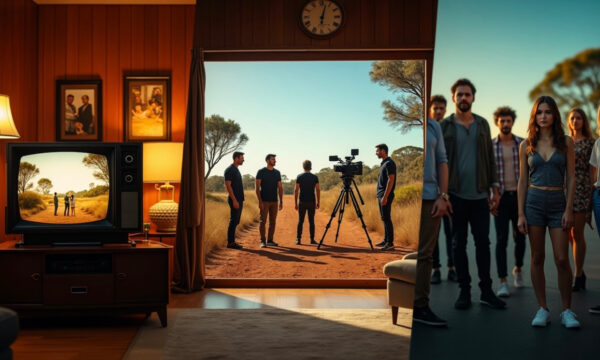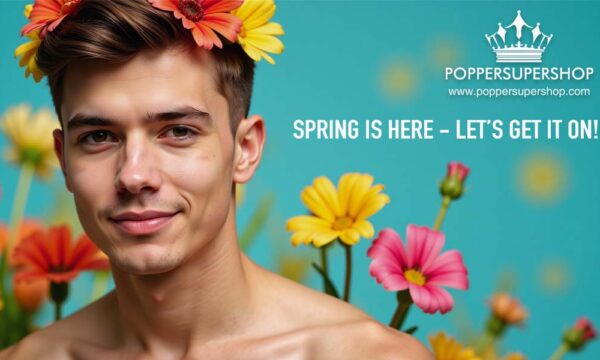How to utilise social media in your business

Social media is the future. A decade ago, social media was barely off the ground, with Facebook a place to communicate with friends and Twitter a place to communicate with strangers. Ever since business realised how it could use social media – and its power to create buzz around a topic – to increase sales, the platforms haven’t been the same. While social media has given way to some tremendous benefits (such as enhanced jobs, digital specialisations, and heart-warming and humorous moments), it can be hard to get your voice heard. Here is a quick guide on how to use social media to enhance your business.
Perfect your look
The first thing you should do is choose which platforms to use and then ensure each one has initial imagery and the right kind of information, such as links to your business, phone numbers, or emails. Instagram is best for businesses that are more visual, while on Twitter you can afford to take more risks to create conversations, and Facebook is a good baseline platform for plainly stating information.
When considering how to pimp your social media profile, you’ll need to ensure that you have the right-sized images – ones that look striking as people are scrolling through. Learning how to use Photoshop could be a huge help as all you need to do is drag and drop images into the software and you’ll be able to edit them to the optimum size. Learning how to insert images into Photoshop and edit them increase the chances of getting people to stop by your profile.
When it comes to social media, the look of your pages tells us all a potential client needs to know. Some use Instagram to showcase not just individual elements in each separate picture post but, by using common themes and styles, to tell a wider brand story. For instance, Amina Mucciolo of Studio Mucci, uses a colour pattern in every single Instagram post, so when viewed as a grid it not only shows the individual posts, but it reflects her brand’s personality through the playful colours.
Choose what to post
Each brand is completely different when it comes to posting content. For instance, the smoothie brand Innocent have a very playful approach to posts. Their call to action is always to purchase the drink and their posts are filled with brand reminders. But they utilise humour in order to help us remember their jaunty brand personality.
WHAT WE’VE DONE TODAY
1. Eaten breakfast
2. Checked emails
3. Eaten second breakfast
4. Googled quokkas
5. Third breakfast
6. Started a sudoku
7. Eaten lunch
8. Failed a sudoku
9. Teamed up with 500+ businesses to go carbon neutral by 2030
10. Fourth breakfast#COP25 #NetZero2030 pic.twitter.com/1zEiv8WKse— innocent drinks (@innocent) December 11, 2019
American frozen meat brand Steak-umm is perhaps one of the cleverest examples of using Twitter to express brand personality. The brand’s Twitter account is kept consistent, including a “long-running gag”, and it has galvanized an entire fanbase. Less focus is on the actual frozen meat and more on creating a Twitter persona can do more for brand awareness and recall than carefully collated imagery.
Many brands are going down the route of being playful and self-aware. Many are referring to the ‘intern’ who runs the account – though any professional knows that a senior social media manager will actually be responsible. Netflix is a good example of not only posting like someone on social media but in getting other brands to interact in a similar way. November 2019 saw Netflix post and Kettle Chips respond in a cheeky way we could never imagine from modern brands.
what’s something you can say during sex but also when you manage a brand twitter account?
— Netflix US (@netflix) December 5, 2019
Utilise advertising methods
The rise of influencers is almost as surprising as the rise of social media in general. People are given assumed expertise in a field – from fitness to health and beauty to fashion – and are then beacons of amplification amongst their following. Even accounts with as few as 3,000 followers can be influencers if they are held in high enough regard by those followers. Influencers can be a worthy investment for certain businesses and can get the word out about brands.
Social media advertising is useful, especially as Facebook has developed such intuitive methods for it. Targeted and boosted posts can select an audience based on interests, location, or age. This allows some leeway around the infamous problem with advertising in that the right people might not end up seeing the adverts – or that the wrong people might.
More unconventional methods involve being involved in some kind of snowball of public opinion. Brands are able to make tweets and see them spiral out of control, often for good. For instance, a post about a man accidentally handing out an expensive wine gave so much awareness for the brand, that they would have saved more than the bottle in ad costs. This is risky, though, as often brands can backfire when they attempt to go viral and it can have an adverse effect.
Being on social media as a brand can be difficult, but by being savvy about the strategy you can see benefits. Not all businesses will need to be on social media but positioning yourself as an expert in your field helps spread the word and build a client base. Being consistent and including a call to action can help you develop a strong following on social media.
The editorial unit

























Facebook
Twitter
Instagram
YouTube
RSS